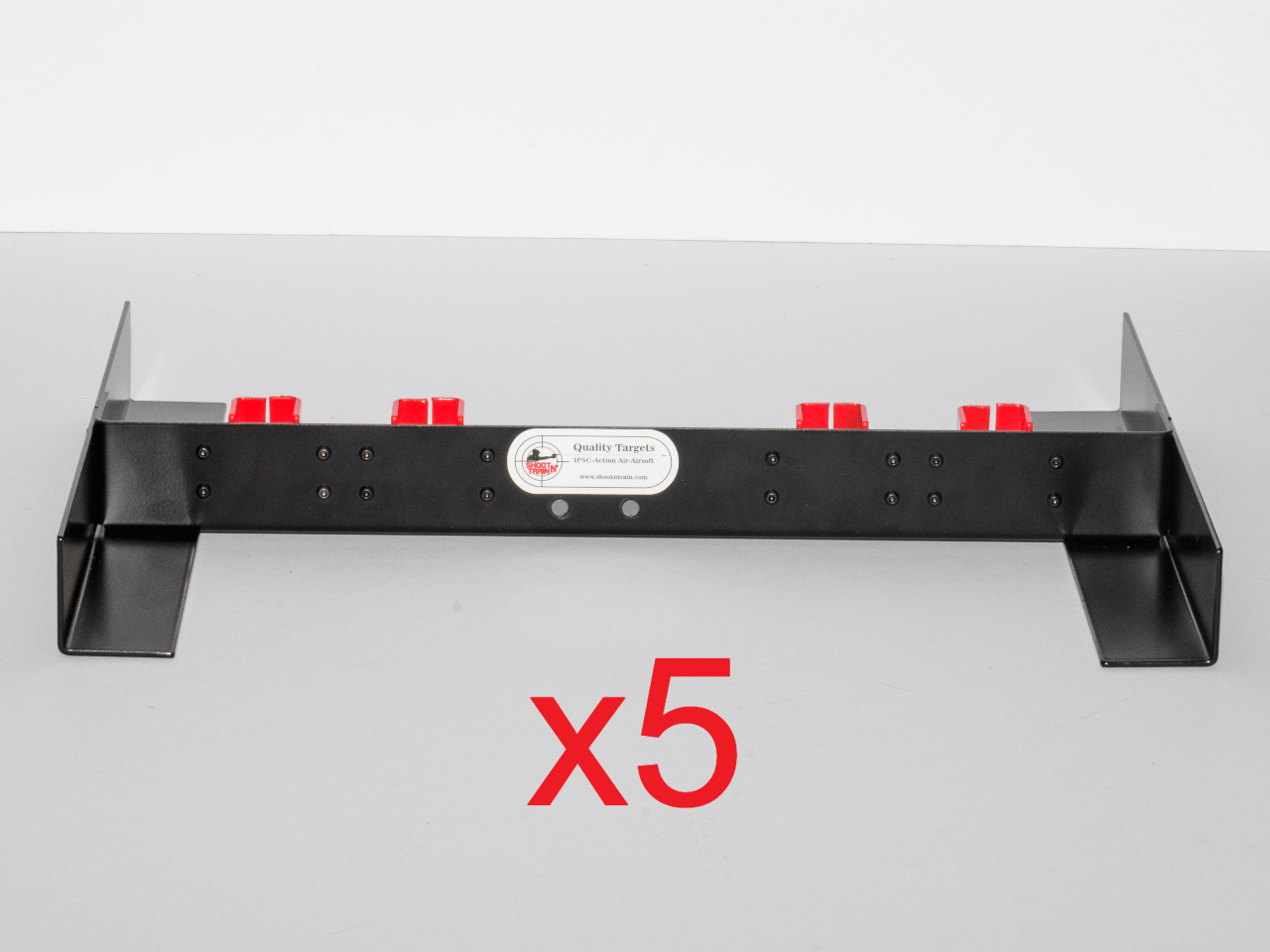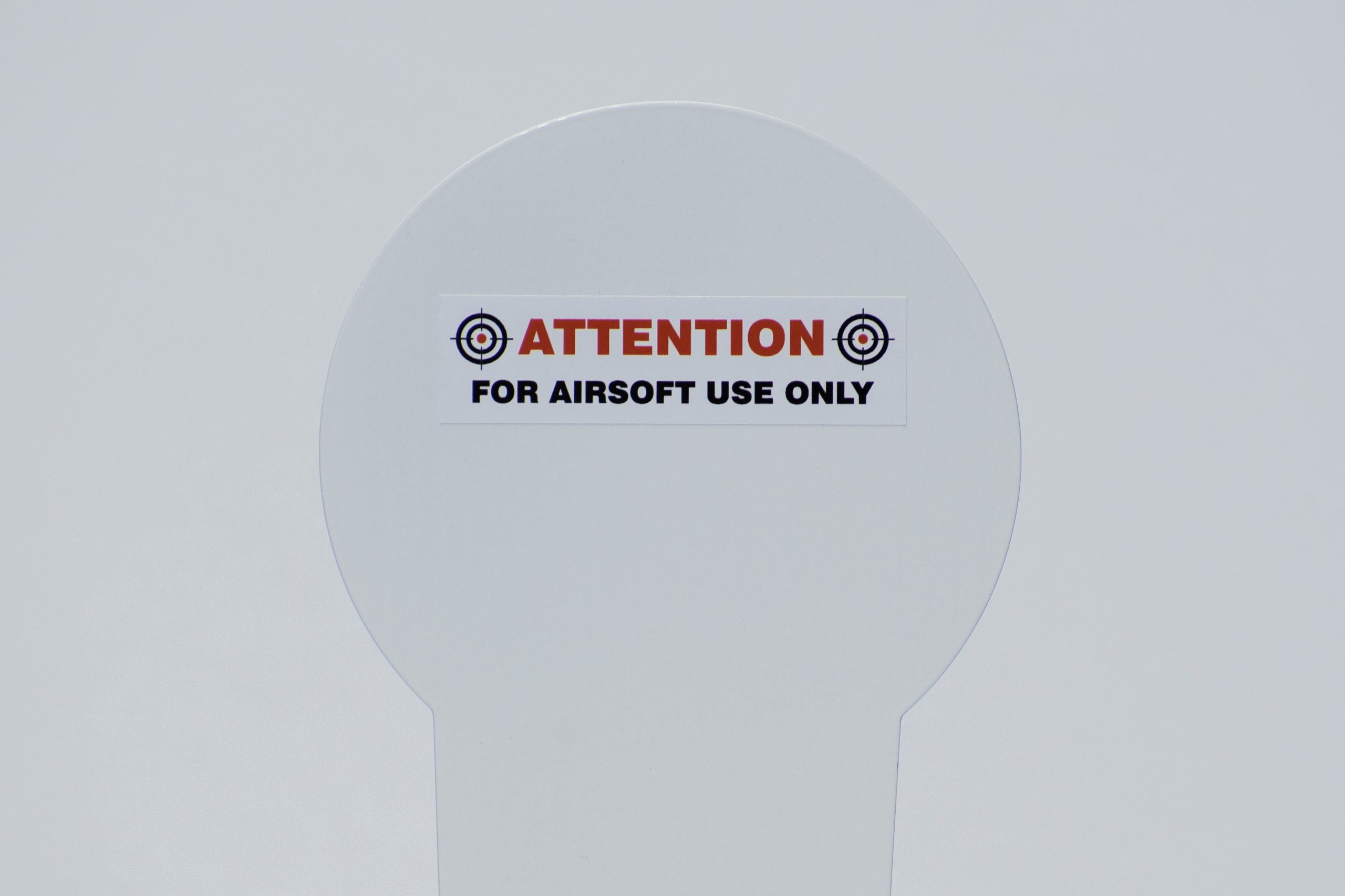
The Psychology Behind Efficient IPSC Competition Targets
Introduction
In the world of IPSC (International Practical Shooting Confederation) competitions, targets play an essential role. They not just act as the focal point for shooters however likewise have a considerable psychological influence on their efficiency. The style, features, and total efficiency of IPSC targets can significantly influence the mindset and inspiration of competitors. In this article, we ipsc targets greece will check out the psychology behind reliable IPSC competitors targets and how they contribute to an enhanced shooting experience.
The Value of IPSC Targets in Competitive Shooting
IPSC competitors require shooters to engage with various targets under time pressure, replicating real-life situations. These targets are not just indicated to check marksmanship skills however likewise to challenge individuals mentally and emotionally. Therefore, it ends up being necessary to comprehend the psychology behind creating effective IPSC competition targets.
Key Aspects to Consider in Target Design
-
IPSC Target Dimensions: The measurements of IPSC targets are standardized to develop an equal opportunity for all competitors. These dimensions include target height, width, and scoring zones. By adhering to these requirements, shooters can train consistently and precisely assess their performance.
-
Scoring Zones: Scoring zones on IPSC targets are tactically put to replicate essential locations on the body. Striking these zones yields higher ratings, motivating individuals to go for precision while under pressure. The placement of scoring zones can have a psychological impact on shooters, as hitting or missing them impacts their confidence and overall mindset.
-
Target Materials: The materials used in constructing IPSC targets likewise play an important function in determining their efficiency. Resilient products that supply audible feedback upon impact improve the shooter's experience by providing immediate sensory verification of their shot placement.
-
Visual Representation: The visual representation of IPSC targets contributes considerably to the shooter's frame of mind during competitions. Reasonable images or silhouettes looking like potential threats develop a sense of urgency and adrenaline, replicating real-life scenarios. This mental aspect includes an extra layer of challenge to IPSC competitors, making sure participants are prepared for high-stress situations.
The Psychology Behind IPSC Competition Targets
Effective IPSC competition targets should be designed with a deep understanding of human psychology. These targets need to not just test marksmanship abilities however also stimulate specific mental reactions in shooters. Let's check out the key psychological factors that influence the effectiveness of IPSC competitors targets.
1. Arousal and Attention
IPSC competitors targets need to record the shooter's attention and keep it throughout the course of fire. By integrating components that excite curiosity or produce a sense of seriousness, such as vibrant target motions or tough shooting positions, shooters are required to stay completely engaged. This heightened state of stimulation boosts focus and concentration, improving general performance.
2. Inspiration and Goal Orientation
Effective IPSC targets should develop a strong motivation for shooters to succeed. By using ipsc targets cardboard scoring zones strategically put on vital areas, rivals are driven to aim for precision and precision. The desire to attain greater ratings and outperform others serves as an effective motivator, pressing individuals to press their limits and enhance their skills.
3. Confidence Building
IPSC competitors targets play a vital function in constructing the shooter's confidence. When individuals consistently hit scoring zones or attain greater scores, they experience an increase in self-confidence and self-belief. This positive reinforcement inspires them to continue practicing and pursuing much better results.
4. Tension Inoculation
IPSC competitors imitate high-stress circumstances that shooters might encounter in real-life scenarios. By exposing individuals to these stress factors through target style, competitors develop resilience and versatility under pressure. This process is called tension inoculation, where shooters progress equipped to deal with stressful situations both on and off the range.
5. Mental Imagery
The graph of IPSC targets allows shooters to psychologically rehearse situations and imagine effective outcomes. Mental images is an effective tool used by athletes in various sports to enhance efficiency. By incorporating realistic images or silhouettes of prospective risks, shooters can mentally prepare themselves for real-life encounters.
6. Feedback and Reinforcement
IPSC targets offer instant feedback through audible noises upon impact. This instantaneous support helps shooters evaluate their efficiency and make needed adjustments in real-time. The capability to get instant feedback boosts the discovering process and promotes skill development.
FAQs
Q1: What makes IPSC targets reliable in competitions?
A1: Reliable IPSC targets record the shooter's attention, create motivation through scoring zones, build confidence, simulate high-stress scenarios, help psychological images, and supply instant feedback.
Q2: How do IPSC targets contribute to the psychology of competitive shooting?
A2: IPSC targets influence the state of mind of rivals by stimulating arousal, enhancing inspiration, developing confidence, establishing strength under stress, assisting mental practice session, and providing instant feedback.

Q3: Can IPSC targets enhance shooting skills?
A3: Yes, IPSC targets can improve shooting skills by challenging people to go for precision and precision, supplying chances for mental rehearsal, and using immediate feedback for skill development.
Q4: How do IPSC targets simulate real-life scenarios?
A4: IPSC targets simulate real-life situations by utilizing practical images or silhouettes resembling potential risks. This creates a sense of urgency and prepares shooters for high-stress circumstances they might encounter in genuine life.


Q5: What function does target style play in IPSC competitions?
A5: Target style plays an essential function in IPSC competitors as it figures out measurements, scoring zones, materials utilized, and visual representation. These factors straight affect the shooter's experience and overall performance.
Q6: How can IPSC competitors targets improve the learning process?
A6: IPSC competition targets improve the finding out process by supplying immediate feedback through audible noises upon effect. This enables shooters to assess their performance in real-time and make required adjustments.
Conclusion
The psychology behind reliable IPSC competition targets is a fascinating element of the sport. By comprehending the key psychological factors at play, target designers can produce an environment that challenges competitors both psychologically and physically. The mix of arousal, motivation, self-confidence building, tension inoculation, psychological images, and instant feedback contribute to a boosted shooting experience and enhanced performance. So the next time you step onto the range, bear in mind that the psychology behind IPSC targets exceeds simple marksmanship-- it's about pushing your limits and becoming a better shooter overall.